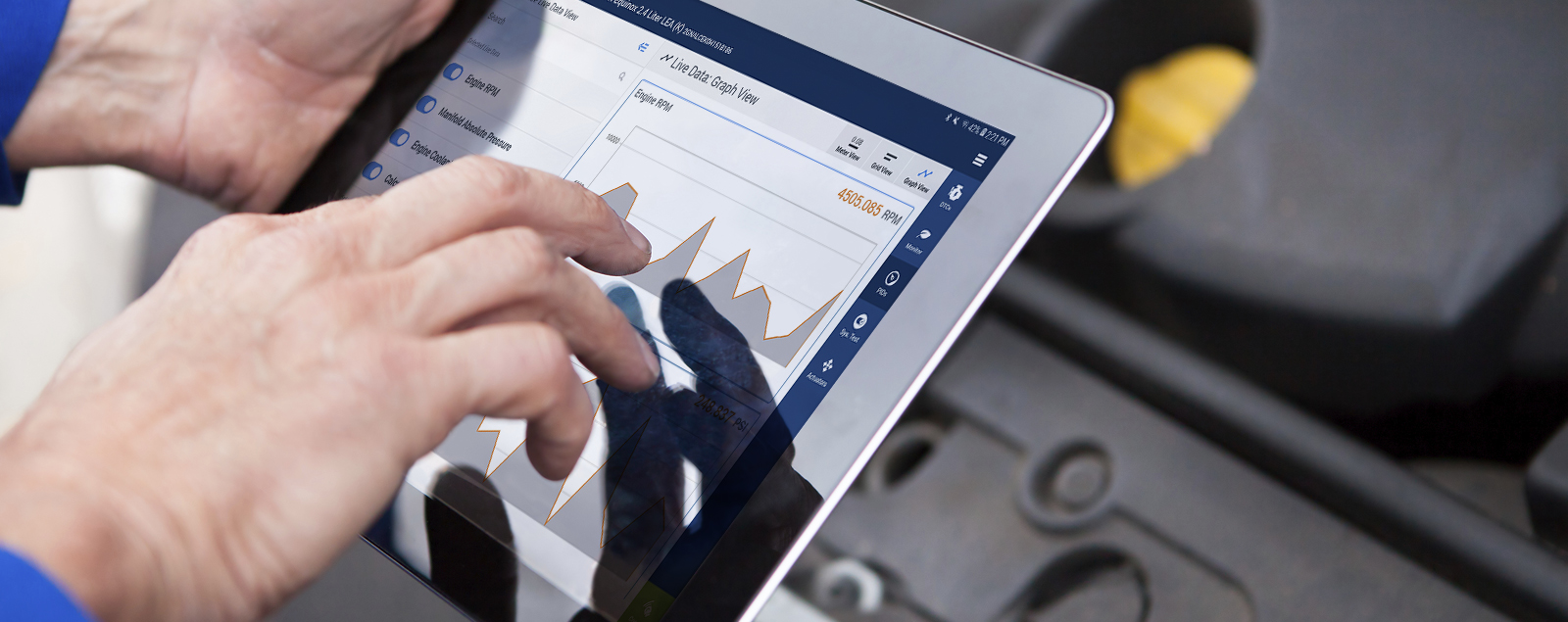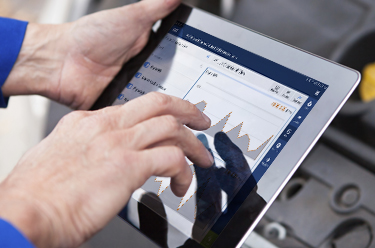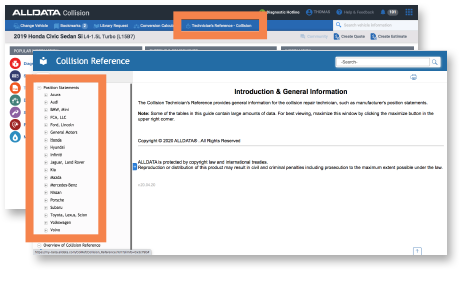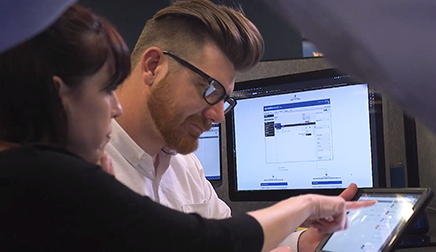
Vital check before and after the REPAIR

A visit to the doctor typically involves having one’s vital signs checked. This provided the medical professionals a baseline report on the patient’s condition. Checking is done prior to treatment to determine if there are any underlying conditions. If any treatments are provided, the vital signs may be inspected again to determine if treatment has created any issues.
There is another reason this is done: minimizing legal liability. Medical professionals want to determine what issues the patient had when they arrived and verify that the patient left the facility with no new issues having been created during the process.
Why should we treat vehicle repair any differently?
The Collision repair industry has adopted the pre- and post- repair scanning of vehicles due to concerns of liability for not only the shop, but for any insurance company involved in the repair. For the Collision industry, pre- and post- repair diagnostic scanning is a critical part of the repair process. On April 17, 2017, the Automotive Service Association (ASA) released a position statement on pre- and post-repair system scanning. This statement coincides with many of the recently released position statements issued by OEMs.
“Per the ASA Position Statement on Vehicle Scanning from ASA’s Collision Operations Committee: “The Automotive Service Association supports the electronic scanning of all vehicles prior to and after collision repairs are completed in order to ensure that all potential damage has been identified to achieve a safe and complete repair.” ASA says that it will uphold this position until the OEMs identify the years, makes, models, and scenarios where such scanning is not necessary.
“ASA also supports full disclosure and a customers’ written acknowledgement of the diagnostic trouble codes (DTCs) identified by the scans, along with documenting and informing the customer of other issues with the vehicle that are not related to the accident but where a DTC is present.”

“ASA also supports full disclosure and a customers’ written acknowledgement of the diagnostic trouble codes (DTCs) identified by the scans, along with documenting and informing the customer of other issues with the vehicle that are not related to the accident but where a DTC is present.” OEM position statements can be found in ALLDATA and some online service information databases.
For the general repair shop, pre and post scans have not become common place. But they should be. A pre-repair diagnostic scan of all vehicles should be part of the estimate procedure. It is necessary to know the complete bill of health on a vehicle before an accurate assessment of needs can be made. So many modern vehicle systems are interrelated. What may look like a defective water pump causing overheating could be due to an improperly operating computer-controlled fan, electronic thermostat, or grill shutter. A shop invites trouble if they estimate without doing a pre-scan.
After the repairs are done, a post-repair scan must be performed. This is done to verify that needed repairs were done properly and to ensure that no additional problems were created during the repair process. The vehicle should be test driven using published drive cycles before performing the final scan and all emissions monitors should be complete and passed (with the possible exception of the evaporative leakage monitor).
If something goes wrong during the repair and the shop could have discovered the problem prior to the customer pick-up by simply doing a post-repair scan, the shop could end up in court. If a shop does not perform a pre- and post-repair scan when required and does not perform the resets and/or calibrations necessary, the shop could be found liable for not repairing the vehicle properly and not following the factory recommended procedures. Don’t overlook the risk of not having OEM repair procedures easily accessible, it is a key component in the vehicle service and repair process. “Googling” procedures can expose a shop to serious risks.
Providing a professional quality service is what customers expect. Doing diagnostic pre- and post- scanning is a step in that process that must not be ignored.
Safety should be the primary goal of the repair process, but customer service and liability concerns should provide the additional push shops need to drive them to use readily available technology to accurately gauge vehicle health before and after the repair.






